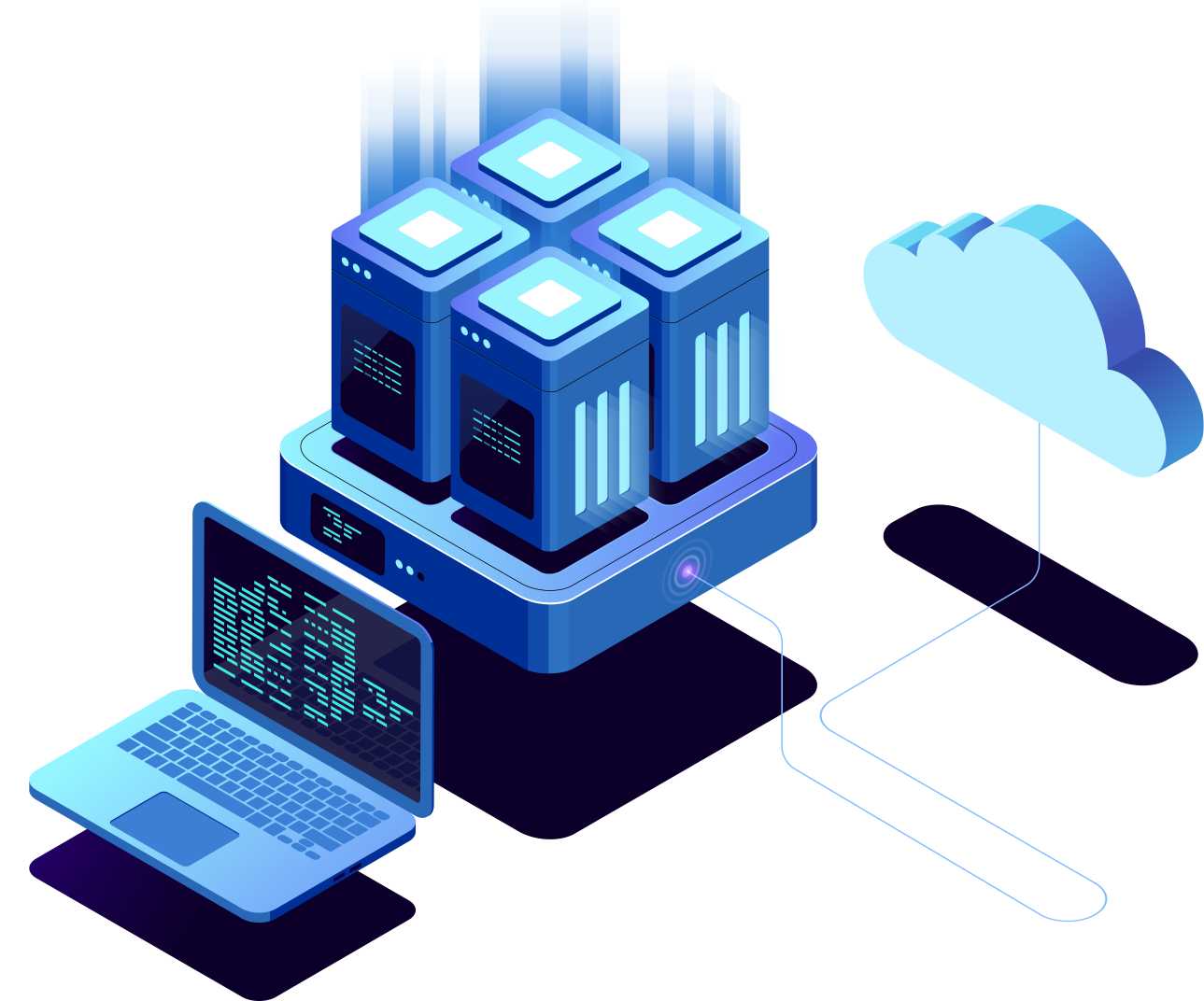Docker Containerized Application Development
Docker is an open-source platform that enables developers to easily create, deploy, and run applications in containers. It is a game-changing technology that simplifies the development process and makes it easier to run applications across different environments.

What is Docker?
Docker allows developers to package their applications into containers, which are lightweight, portable, and self-sufficient environments. Each container has its own operating system, libraries, and dependencies, ensuring that the application runs consistently across all environments, from development to production.
Benefits of Docker
Portability
Docker enables applications to run consistently across different environments, reducing the risk of errors or bugs caused by differences between development, testing, and production environments.
Isolation
Each Docker container is isolated from the host and other containers, ensuring that the application runs in a consistent environment and does not interfere with other applications or services.
Efficiency
Docker containers are lightweight and take up minimal resources, making them ideal for running applications in cloud environments or on resource-constrained systems.
Scalability
Docker containers can be scaled up or down quickly and easily, providing flexibility and agility to organizations as their needs change.
Docker Architecture
Docker Engine
The core component of Docker that manages containers and provides the runtime environment.
Docker Images
Pre-configured templates used to create Docker containers.
Docker Hub
A repository of Docker images that can be used to quickly create new containers.
Working with Docker Images
Docker images are pre-configured templates that are used to create Docker containers. They provide a consistent environment for the application to run in, including the operating system, libraries, and dependencies required by the application.
To create a Docker image, developers write a Dockerfile, which is a script that defines the configuration and dependencies required by the application. They then use the Docker build command to build the image. The resulting image can be stored in a repository, such as Docker Hub, and used to create new containers.
Creating and Managing Containers
Docker containers are created from Docker images and contain the application and all its dependencies. To create a Docker container, developers use the Docker run command, which specifies the image to use and any additional configuration options. Containers can be started, stopped, and deleted using the Docker CLI or a container orchestration tool like Kubernetes.
Docker Networking
Docker Networking enables containers to communicate with each other and with the outside world. It provides a range of networking options, from simple bridge networking to more complex overlay and custom networks.
Developers can use the Docker network CLI to create and manage networks. Containers can be connected to one or more networks, enabling them to communicate with other containers and with external services.
